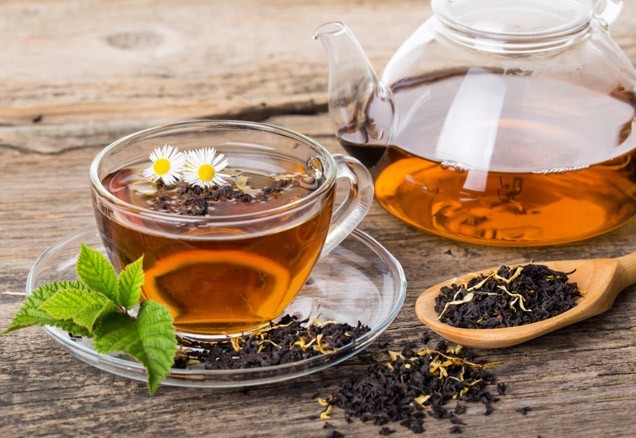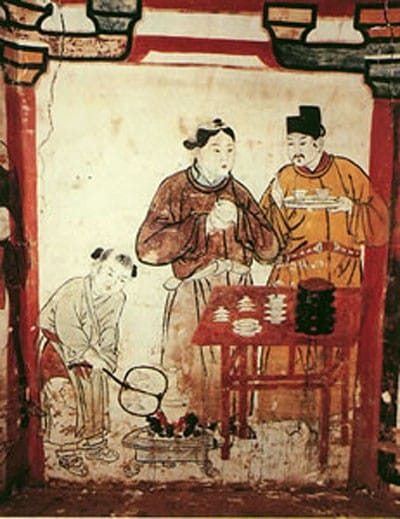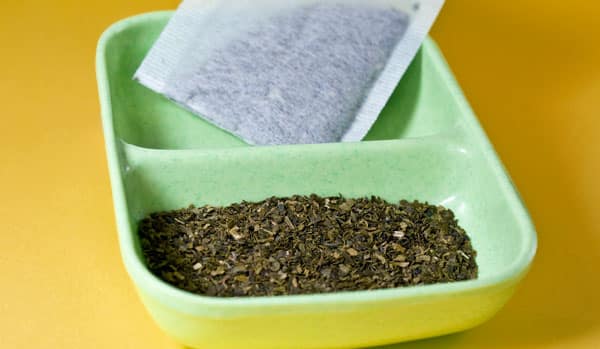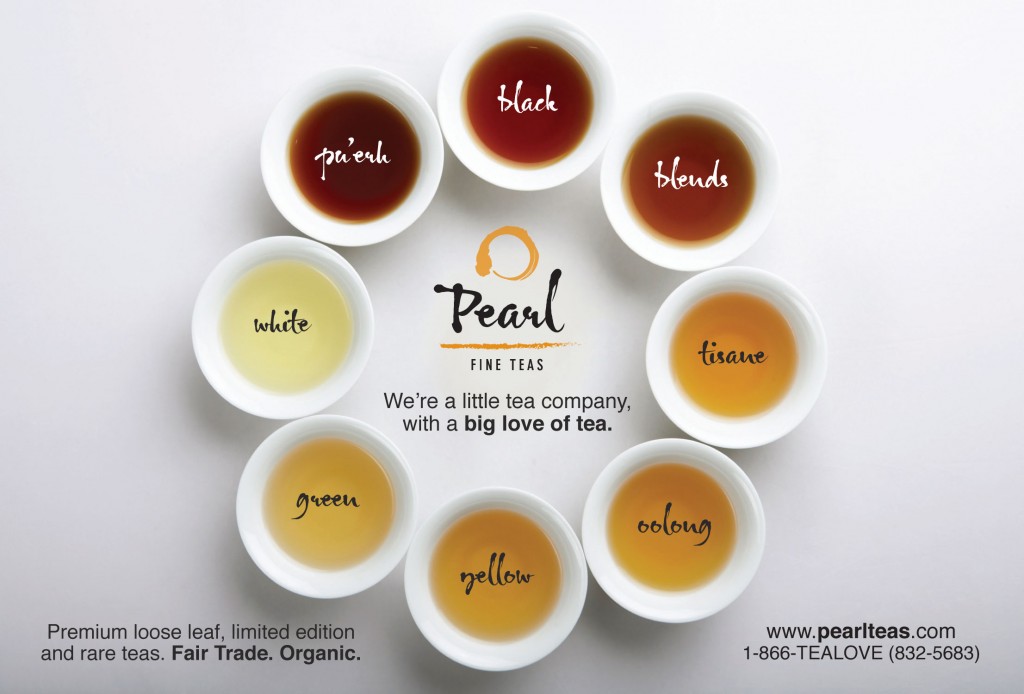The Benefits of Tea and Why You Should Drink More
Tea is currently experiencing a renaissance. From the tea shops around town to the tea pots and infusers taking over every home department store, millennials are recognizing the immense benefits of tea and are starting to pride themselves on being connoisseurs. But to understand the rich nature of this tradition, we must evaluate the historical contexts and extensive variety.
Brief History of Tea
Tea has been used for the past 5,000 years as medicine, but it also has been involved in piracy, political upheaval, and as a method for social order. The majority of the tea people consume is from the camellia genus family. White, black, pu-erh, oolong, and green tea are known to originate from this plant.
There is a Chinese legend which details the health-conscious Emperor Long Shen was waiting on his boiling water one day when a breeze deposited several leaves into his pot. The scent invited him in and he tasted the pot’s contents. He immediately became enamored with the flavor and found himself rejuvenated from the beverage. Other versions of the story state that there was a camellia branch above his pot. Regardless of how tea began, the habit of adding leaves to boiling water became a sensation in China and the beverage was called “Kia” which was soon changed to “Cha” by 6th century AD. When tea was introduced to the West it was called Té which became the standard name for it in several many countries.
Tea was transported to the West by the Dutch and Portuguese during the 17th century and it quickly became popular among the aristocracy. It became used as a symbol of high status and due to its high cost it didn’t circulate very well in Europe. In the 18th century, tea became more desired by the American colonies. The British decided to place heavy taxes on it which angered the Americans who protested British tea ships arriving in harbors. The most famous incident was the “Boston Tea Party” in which American settlers disguised themselves as local Mohawk Indians for symbolic purposes and boarded three British vessels. Over the course of several hours, the Americans dumped 342 chests of tea into the Boston Harbor which was one of the catalysts for the American War of Independence.
Which Is Better: Tea Bags Or Loose Tea?
Hand-sewn muslin tea bags appeared as early as 1903 but it was Edward Sullivan who capitalized off of them and sold them globally in 1904.
There is much debate over which is better for you: tea bags or loose tea. Throughout the centuries, people have relied solely upon loose leaf for reasons such as the leaves tend to be better quality and the flavor is better. Teabags tend to be filled with broken leaves causing the necessary oils and benefits to decrease if they are packaged. Typically, loose leaf teas tends to be more expensive but their quality surpasses that of teabags.
How Many Types of Tea Are There?
There are at least four major different types of tea: black, white, green, and oolong. The “herbal” and rooibos teas which are quite popular are not traditional tea. They are considered “tisanes” or herbal infusions. Herbal concoctions have particular herbs, roots, or plants in their mixtures. All “true” teas must come from the Camellia sinensis plant in order to be considered as such. Rooibos tea originates from a “red bush” or Aspalathus linearis and it was consumed by early Dutch settlers who couldn’t afford European black tea (http://www.sarooibos.org.za/rooibos-history-factfile-79).
What Are The Benefits of Each of These Teas or “Tisanes”?
Black Tea: It is the most consumed beverage on the planet and it comes from China, India, and Sri Lanka. The most popular blends are Keemum, Darjeeling, Lapsang Souchong, Assam, Yunnan, and Nilgiri. The benefits include improved cardiovascular health, cancer prevention, better skin and hair health, stronger bone and connective tissue function, therapeutic effects on digestive health, improved functioning of the brain and nervous system, increased energy, better oral health, and improvement in immunity. I drank a black tea called Pu’erh which helped with some moderate weight loss.
Green Tea: This is another popular beverage and one that I am very partial to. I especially love the Matcha (used in the Japanese Tea Ceremony) which gives me the boost I need for concentration. It’s known to prevent diabetes and stroke as well as battle dementia (http://www.webmd.com/food-recipes/features/health-benefits-of-green-tea). I usually drink this when I am stressed.
Oolong Tea: Perhaps my second or third favorite type of tea and one which has a nutty flavor to it. An article in Fox News stated that “One study showed that women who drank oolong tea burned slightly more calories over a two-hour period than those who drank only water.” It is a popular remedy for weight loss.
White Tea: A very relaxing and delicious beverage which offers benefits in blood glucose and many other areas. This type of tea possesses the most antioxidants due to the fact that it endures little to no processing and has the least amount of caffeine.
Flavored Tea (includes Chai): Considered an alternative to most of the teas listed above if people don’t like their flavors. They come in many varieties (especially fruits) and offer most of the same benefits as the major teas. Chai tea has a compound known as tannin which slows down the absorption of caffeine in the body that deters the “crash” that coffee drinkers suffer from.
Herbal Tea: Depending upon the mixture, an herbal tisane can remedy anything from the common cold to depression. The benefits vary depending on which kind of tea. Some flavors include Chamomile, Peppermint, Ginger, Rosemary, etc.











